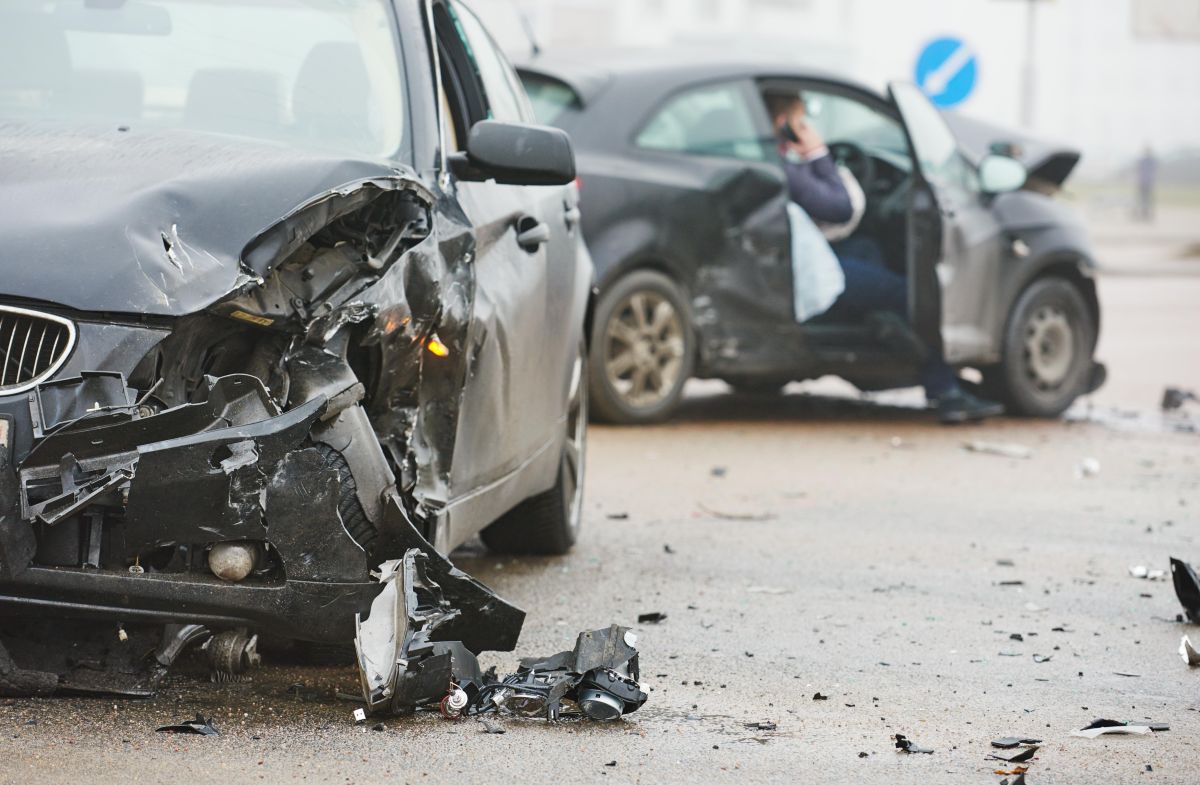CCC Intelligent Solutions Inc. published its Crash Course Q1 2025 Report, offering an in-depth analysis of the evolving U.S. vehicle fleet and the ripple effects these shifts are having on auto claims and repairs. The report examines key trends including the aging vehicle fleet, repair challenges introduced by EVs and hybrids, ADAS-related repair complexity and rising casualty-related expenses.
Crash Course is based on information derived from 300 million claims-related transactions and millions of bodily injury and personal injury protection (PIP) /medical payments (MedPay) casualty claims processed by CCC customers using the company's solutions.
“Today’s U.S. vehicle fleet -- referred to in the report as the ‘car parc’ -- is undergoing a transformation that’s anything but cyclical,” said Kyle Krumlauf, director of industry analytics at CCC and co-author of Crash Course. “We’re seeing the convergence of several structural shifts including longer vehicle life, increasingly complex and tech-driven repairs, cost inflation, changing ownership models and rising consumer expectations. It’s this intersection -- not any single trend -- that marks a true inflection point for the auto claims and repair economy. Our Q1 report helps the industry understand these forces and plan accordingly.”
Key Findings from Crash Course Q1 2025 Report
• The Aging U.S. Car Parc: The average vehicle on U.S. roads is now 12.7 years old, projected to reach 13 years by 2026. The share of repairable vehicles aged 7 years or older has increased 9 percentage points since 2019. High vehicle costs, interest rates and supply constraints are driving longer ownership cycles, delayed upgrades and increased repair needs.
• EV and Hybrid Repairs are More Costly and Complex: EVs require nearly four more labor hours than ICE vehicles per repair, with labor costs averaging 30% higher. Hybrids require the most expensive parts on average, while EVs have fewer but costlier parts. EVs averaged 22 parts replaced per repair in 2024, compared to 16 for ICE vehicles.
• ADAS and Diagnostics Continue to Increase Repair Costs: Vehicles equipped with Advanced Driver Assistance Systems (ADAS) demand more frequent and complex diagnostics. Hybrids had the highest calibration frequency and cost, with features like front automatic emergency braking and blind spot monitoring now found in more than half of vehicles.
• Casualty Costs Climbing Across the Board: Medical inflation is outpacing general health care costs, with the average third-party bodily injury payout rising 8% since Q3 2023. First-party medical severity is up nearly 8% in the same timeframe, with notable increases in outpatient surgeries and diagnostic procedures such as CT scans and MRIs.
• Total Loss Frequency Remains Elevated: Over 70% of total loss valuations in 2024 were for vehicles seven years or older. Continued depreciation of used vehicles and the growing cost of repairs, especially for EVs and ADAS-equipped cars, are driving carriers to declare more vehicles total losses.
The Q1 2025 report is the 33rd edition of Crash Course and part of CCC's ongoing commitment to advancing industry knowledge and helping its customers turn data into confident action and crucial moments into intelligent experiences.
Download the full report at cccis.com/crash-course.













